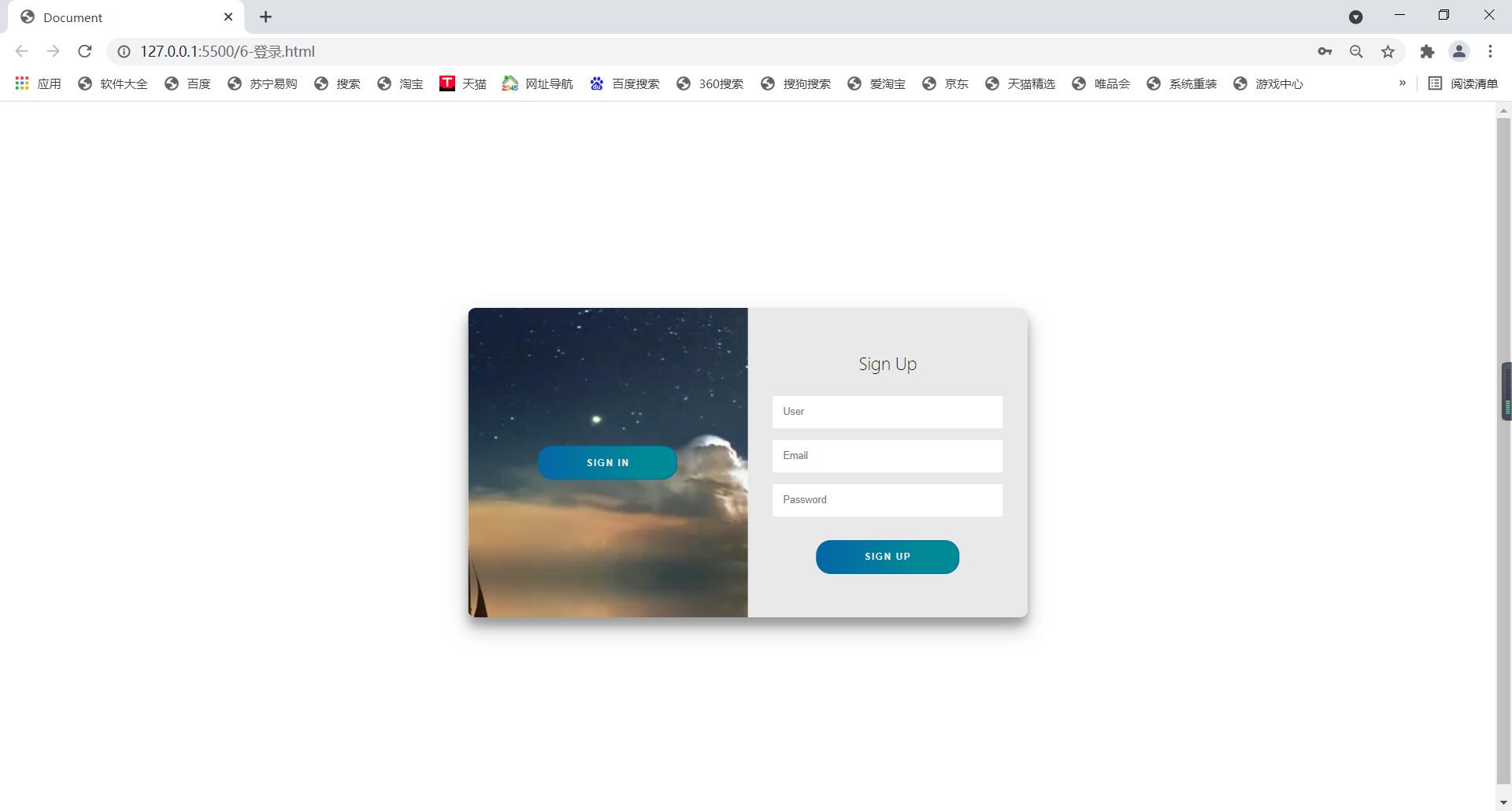当然,我可以帮助你制作一个简单的登录和注册页面。下面是一个基本的HTML示例,包括登录和注册表单的基本结构。请注意,这只是一个基本的示例,你可能需要根据你的具体需求进行修改或添加其他功能(例如验证用户输入或连接到后端服务器)。

HTML代码:
<!DOCTYPE html>
<html>
<head>
<title>登录和注册页面</title>
<style>
body {
font-family: Arial, sans-serif;
}
.container {
width: 300px;
margin: 0 auto;
}
.form-group {
margin-bottom: 15px;
}
input[type=text], input[type=password] {
width: 100%;
padding: 15px;
border: 1px solid #ccc;
border-radius: 4px;
}
button {
width: 100%;
padding: 15px;
background-color: #4CAF50;
color: white;
border: none;
border-radius: 4px;
cursor: pointer;
}
button:hover {
background-color: #45a049;
}
</style>
</head>
<body>
<div class="container">
<h2>登录</h2>
<form action="/login" method="post"> <!-- 这里假设你有一个处理登录请求的服务器端点 -->
<div class="form-group">
<label for="username">用户名:</label>
<input type="text" id="username" name="username" required>
</div>
<div class="form-group">
<label for="password">密码:</label>
<input type="password" id="password" name="password" required>
</div>
<button type="submit">登录</button> <!-- 这里提交表单会发送数据到"/login"端点 -->
</form>
<h2 style="margin-top: 30px;">或注册</h2> <!-- 注册表单可以放在同一页面或另一个页面 -->
<form action="/register" method="post"> <!-- 这里假设你有一个处理注册请求的服务器端点 -->
<!-- 添加注册表单的字段,如用户名、密码、电子邮件等 -->
<!-- ... -->
<button type="submit">注册</button> <!-- 这里提交表单会发送数据到"/register"端点 -->
</form> <!-- 注册表单结束 -->
</div> <!-- 结束容器 -->
</body>
</html>这只是一个非常基础的示例,实际的登录和注册页面可能需要更多的功能,例如用户验证、错误处理、数据持久化等,你可能需要使用后端语言(如Python、Node.js等)和数据库来处理这些功能,出于安全考虑,密码应该被正确地加密存储,并且应该使用HTTPS来保护数据的传输。

 TIME
TIME
